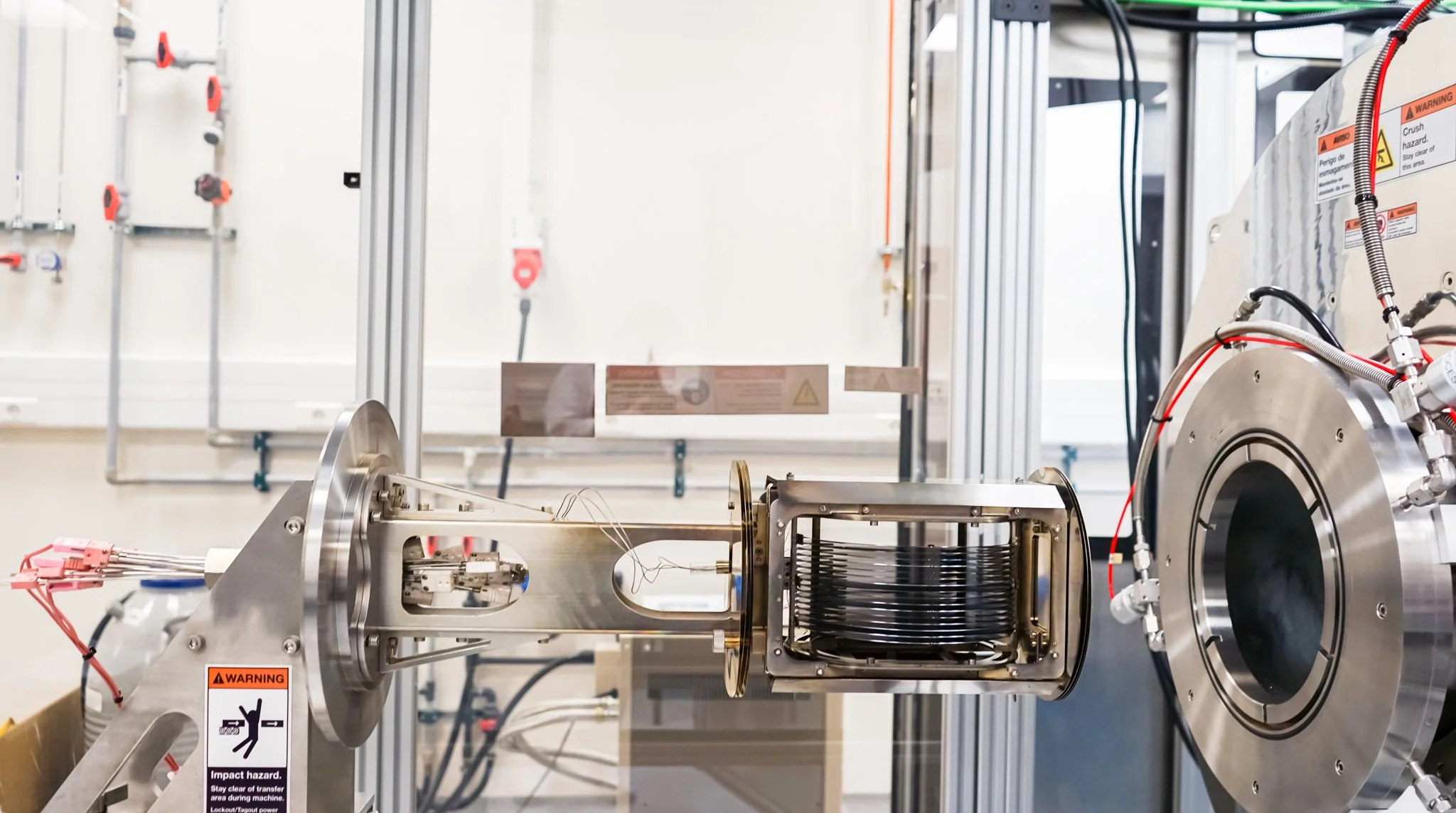Meet Elvira Paz, Staff Researcher in the Spintronics Research Group
Today you can meet Elvira Paz. Elvira is Staff Researcher in the Spintronics Research Group at INL - International Iberian Nanotechnology Laboratory. She obtained an MSc (2004) and a PhD (2010) in Physics from the Universidad Autónoma de Madrid | UAM . Her current research focuses on magnetic sensors based on MTJs.
During her PhD, she focused on the growth of epitaxial iron and its structural and magnetic characterization, and afterwards, she performed the lithography of wire and antidot nanostructures to study their magnetic behaviour. She studied the influence of the iron's magnetic biaxial anisotropy on the nanostructures' magnetic properties, the combination of the crystalline and the shape anisotropies.
Her research is focused on fabricating and characterising magnetic sensors based on magnetic tunnel junctions. Her main objective is to decrease the sensitivity of the sensors as much as possible to achieve a very accurate measurement of low fields. This allows using sensors in a wider range of applications. During her work at INL - International Iberian Nanotechnology Laboratory she published more than 20 international papers, and two patents application and presented her work at several international conferences.
At INL since 2011, can you tell us a bit about your journey?
I joined INL - International Iberian Nanotechnology Laboratory in March 2011. This has been a long 12 years journey, and during all this time I had evolved professionally and personally. I had the luxury to work in a laboratory with state-of-the-art equipment that gave me the opportunity to study systems that are in our daily lives to try to improve the lives of people. Improving people's well-being motivates me to keep going. And at the same time being surrounded by international colleges make you travel while working when we talk about different cultures.
How would you explain the importance of your work to a non-scientific person?
My research is focused on magnetic sensors. Magnetic sensors are present in everything that we have around us, from our mobile phones to our home appliances, and lately, there is a lot of research for the car industry to improve autonomous driving.
Recent trends in magnetic sensors are focused on miniaturization, the improvement of features and finding new operating principles based on fundamental studies of new materials and phenomena. Making better sensors and more efficient in terms of energy is a challenge that will be good for us and for the planet and future generations.
How do you feel the landscape will change for women in science over the next 5 years?
I think the landscape is changing, but it is changing faster in the biology area than the physics and electronics, and I don’t see a lot of young women in this area. I think we’ll need a lot more than 5 years to see a change. Diversity and collaboration are two things the scientific community lacks, and both are related to the poor experiences women have in physics.
The only way to have a change is to start to make the girls feel inspired by physics at smaller ages. There are a lot of studies that saw that the environment shapes girls’ interest and motivation in STEM and that female role-model sessions significantly increase the positive impact of expectations of success on STEM choices. We have to work hard on that to see a change in the landscape.



